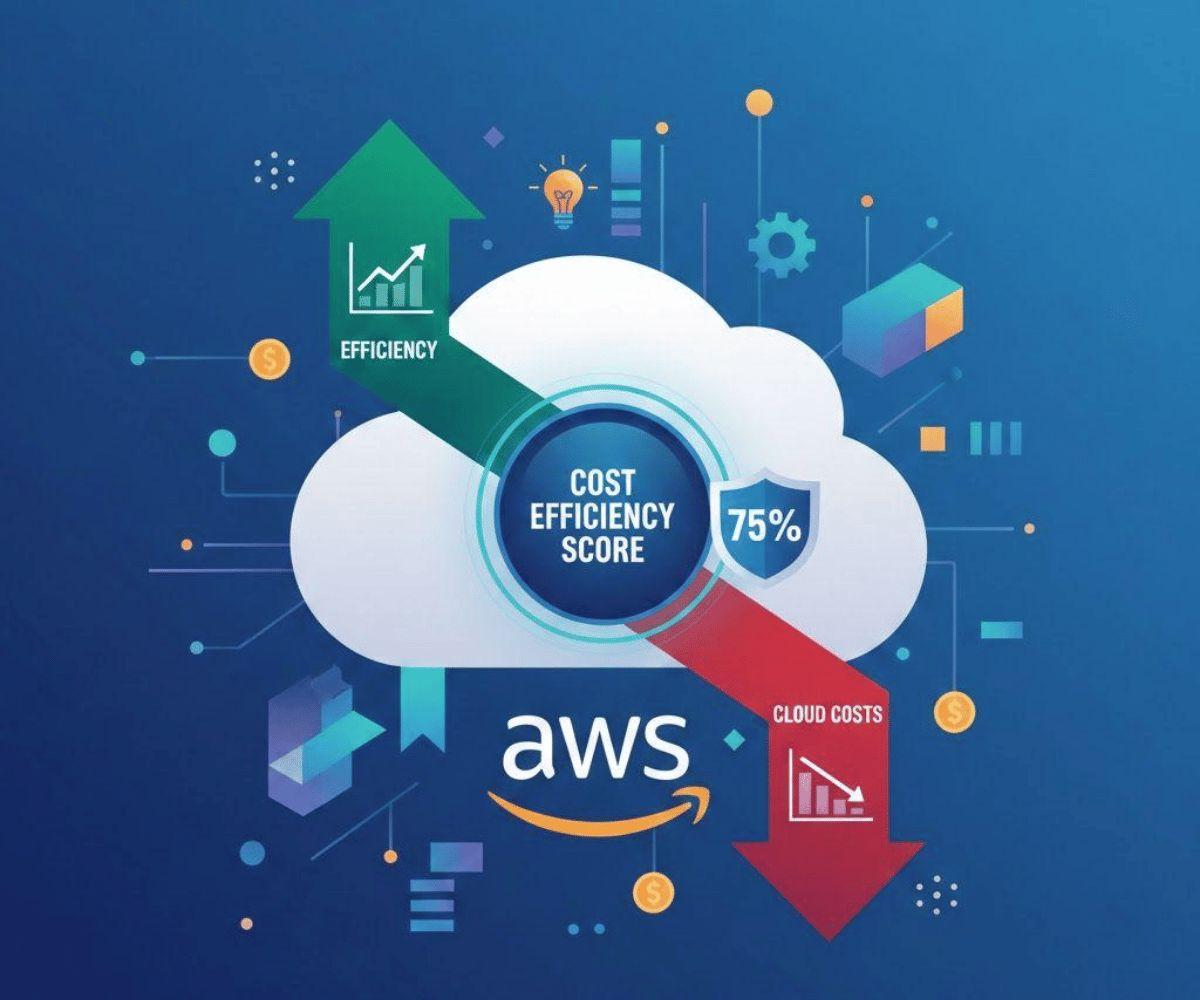How to Align Cloud Commitments with Real-Time Usage in 2025

Cloud spending has become one of the largest budget line items for tech-first organizations. As we move deeper into 2025, the question is: how to save on cloud infrastructure without sacrificing agility, performance, or growth. Said differently, how to align commitments to real-time usage.
I’ve seen countless teams struggle with this. They overcommit too early, or they undercommit and leave savings on the table. At Opsima, we’ve designed our approach around what we call the Predictive Alignment Framework, a three-tier strategy that dynamically matches cloud commitments with usage behavior, automatically.
Why is aligning commitments in real time so difficult?
The AWS commitment model - Savings Plans and Reserved Instances - offers steep discounts in exchange for long-term usage promises. But the challenge is that real-world usage isn’t static. Teams scale up, shift workloads, migrate regions, or test new services. Predicting this manually is nearly impossible, especially across large organizations.
Even sophisticated FinOps teams struggle with:
- Seasonal and project-based usage spikes
- Shifting between On-Demand, Spot or Serverless compute
- Engineering team autonomy creating usage fragmentation
- Lack of granular, real-time visibility
The result? Underutilized commitments or fear-based decision-making that keeps teams stuck in On-Demand pricing.
What is the Predictive Alignment Framework?
At Opsima, we developed a three-tier strategy to bridge this gap. We use machine learning models that adapt to real-time patterns and deploy commitment strategies like a trader hedging a portfolio:
- Foundational Commitments (Core Layer)
These are predictable workloads - your always-on compute, production databases, or core microservices. Here, we commit confidently using 3-year Reserved Instances or Compute Savings Plans. - Dynamic layered commitments
For workloads with moderate predictability, we layer with a mix of long and shorter-term Savings Plans depending on context etc. These adapt monthly or quarterly based on usage trends and forecast deltas. - Real-Time Buffers (Top Layer)
We maintain On-Demand flexibility for experimental services, short-term spikes, or burst compute. Our algorithm continuously evaluates which portion of this buffer is safe to convert to a commitment, minimizing waste.
How does automation change the game?
Manually managing this type of model is a nonstarter. You’d need a full-time team analyzing hourly billing data, projecting usage, and buying/selling commitments on a rolling basis.
That’s why we automated everything - from ingestion to optimization. Our system evaluates your usage patterns every day and layers in commitments the same way a portfolio manager rebalances based on market movement.
In 2025, automation is not just a convenience - it’s a strategic edge. It allows engineering teams to move fast without being penalized by financial inefficiency.
How do you measure alignment success?
it's not only about coverage and utilization, it's about :
- Effective saving rate
- Risk management
The goal is to maintain high coverage and utilization, while preserving a smart buffer. A well-aligned system should yield 30-40% savings on coverable spend with near-zero overcommitment risk.
What should FinOps teams do today?
If you're still relying on manual forecasts and quarterly reviews, it’s time to evolve. Here are steps to get started:
- Audit your current commitment utilization
Break down commitment coverage by service, region, and team. - Segment your workloads
Identify which services are predictable, semi-predictable, or experimental. - Model future demand volatility
Use historical usage data to forecast variance. - Consider automated platforms
Tools like Opsima can do the heavy lifting, aligning commitments in real time without requiring workflow changes. - Adopt a layered strategy
Don’t think in binary terms (On-Demand vs. Reserved). Layer your commitments like a portfolio.
FAQ: Aligning Cloud Commitments in 2025
- What’s the difference between Savings Plans and Reserved Instances in 2025?
Savings Plans offer more flexibility across instance types and regions. RIs are more rigid but may offer deeper discounts. Both require accurate forecasting to avoid waste.
- Can real-time optimization work for multi-account or reseller AWS setups?
Yes. Platforms like Opsima are account-agnostic and can align commitments across complex AWS orgs, including resellers and consolidated billing accounts.
- What’s the risk of overcommitting in 2025?
With increased service sprawl and innovation velocity, overcommitting can lead to sunk costs. That’s why the Predictive Alignment Framework uses a dynamic buffer.
- How fast can teams adopt a system like Opsima?
Most teams are fully onboarded within 15 minutes. It requires zero engineering changes and pays for itself only when it saves.
- How much can companies save with automated alignment?
We regularly see 30-40% savings on AWS bills - without sacrificing flexibility or performance.
About the Author
Fabien Punin is co-founder and Chief Data Officer at Opsima. An engineer by training (École Polytechnique) and seasoned product strategist, Fabien has helped scale cloud cost optimization for startups and enterprises alike. His work bridges the gap between data science, cloud infrastructure, and business efficiency.





.png)